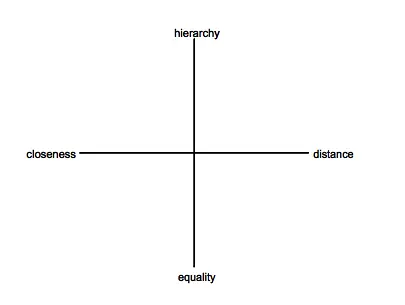how words define your relationship with customers
Written by:
“Hey buddy,”
“Dear Mr King,”
“Most esteemed customer,”
“Hi Clara!”
Which of these greetings do you love best? Is there one you don’t like at all?
That’s probably because the relationship expressed in that greeting isn’t one you’re comfortable with.
The two axes of customer relationships
We use language to define our relationships with each other in two ways:
- How close or distant do I perceive us to be?
- How equal or hierarchical is our relationship?

Deborah Tannen, one of our favourite linguists, came up with this grid. It’s a useful tool to define your relationship with your customers: How close is your brand to your customers? Are you looking for respectful distance or constant interaction? And is your motto more “we’re all in this together” or “we’re in charge”?


Over to you
Once you’ve located your brand on these axes, look at the words you use when you talk to customers. Place them on the grid too.
Do they support the relationship you want?
